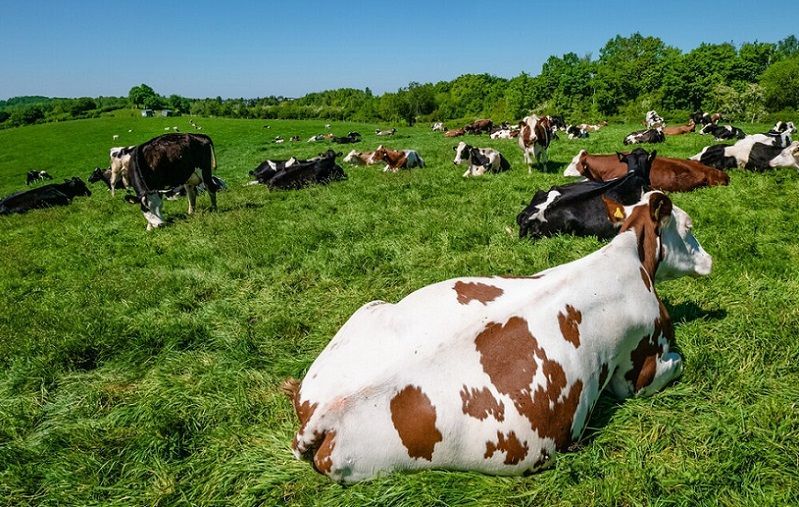CDC to Launch Online Dashboard for Tracking Influenza A in Wastewater Amidst Avian Flu Outbreak
Sourse: The DairyNews
The Centers for Disease Control and Prevention (CDC) in the United States is set to launch a new online public dashboard that will provide updates on Influenza A virus found in wastewater. This innovative approach, potentially going live as soon as Friday, will aid in monitoring the spread of the H5N1 avian influenza, which has recently affected cattle herds across the country, according to a Reuters report.

CDC's wastewater team lead, Amy Kirby, revealed to Reuters that there have been notable spikes in Influenza A, specifically the H5N1 subtype, at several sites, though there are no current signs of human infections. The move to test wastewater, which proved effective during the COVID-19 pandemic in tracking virus mutations, is part of a broader effort to surveil and understand respiratory diseases more effectively.
The CDC has been systematically collecting influenza data from approximately 600 wastewater sites since last fall. This data is particularly pivotal now as it assists in tracking the H5N1 bird flu outbreak that has spread to 42 dairy herds in nine U.S. states, including an infection in a dairy farm worker. The new dashboard will enable public access to influenza data, allowing comparisons with historical patterns. Given the sharp decrease in seasonal influenza, any detected spikes could signal unusual flu activity.
Despite the localized nature of these spikes, Kirby highlighted the unexpected outbreak in cattle and the detection of the virus in milk, which occasionally enters the wastewater system. The ongoing investigation aims to determine contributing factors to these findings.
Contrasting views within the scientific community underscore the challenges of such monitoring. Dr. Marc Johnson, a virologist at the University of Missouri who pioneered a wastewater monitoring system during the COVID pandemic, stressed the importance of these tests for tracking potential changes in the virus that could affect humans, despite the CDC's concerns about resource allocation.
Academic collaborations, like those involving Verily, Alphabet’s health sciences unit, have showcased the potential of wastewater testing. Research conducted in Texas demonstrated the presence of the virus in wastewater days before cattle exhibited symptoms, suggesting a valuable lead time in managing outbreaks.
This initiative represents a critical step forward in using advanced technology to enhance public health surveillance and response systems, particularly in tracking pathogens that have significant implications for both animal and human health.
The CDC has been systematically collecting influenza data from approximately 600 wastewater sites since last fall. This data is particularly pivotal now as it assists in tracking the H5N1 bird flu outbreak that has spread to 42 dairy herds in nine U.S. states, including an infection in a dairy farm worker. The new dashboard will enable public access to influenza data, allowing comparisons with historical patterns. Given the sharp decrease in seasonal influenza, any detected spikes could signal unusual flu activity.
Despite the localized nature of these spikes, Kirby highlighted the unexpected outbreak in cattle and the detection of the virus in milk, which occasionally enters the wastewater system. The ongoing investigation aims to determine contributing factors to these findings.
Contrasting views within the scientific community underscore the challenges of such monitoring. Dr. Marc Johnson, a virologist at the University of Missouri who pioneered a wastewater monitoring system during the COVID pandemic, stressed the importance of these tests for tracking potential changes in the virus that could affect humans, despite the CDC's concerns about resource allocation.
Academic collaborations, like those involving Verily, Alphabet’s health sciences unit, have showcased the potential of wastewater testing. Research conducted in Texas demonstrated the presence of the virus in wastewater days before cattle exhibited symptoms, suggesting a valuable lead time in managing outbreaks.
This initiative represents a critical step forward in using advanced technology to enhance public health surveillance and response systems, particularly in tracking pathogens that have significant implications for both animal and human health.
Key News of the Week














